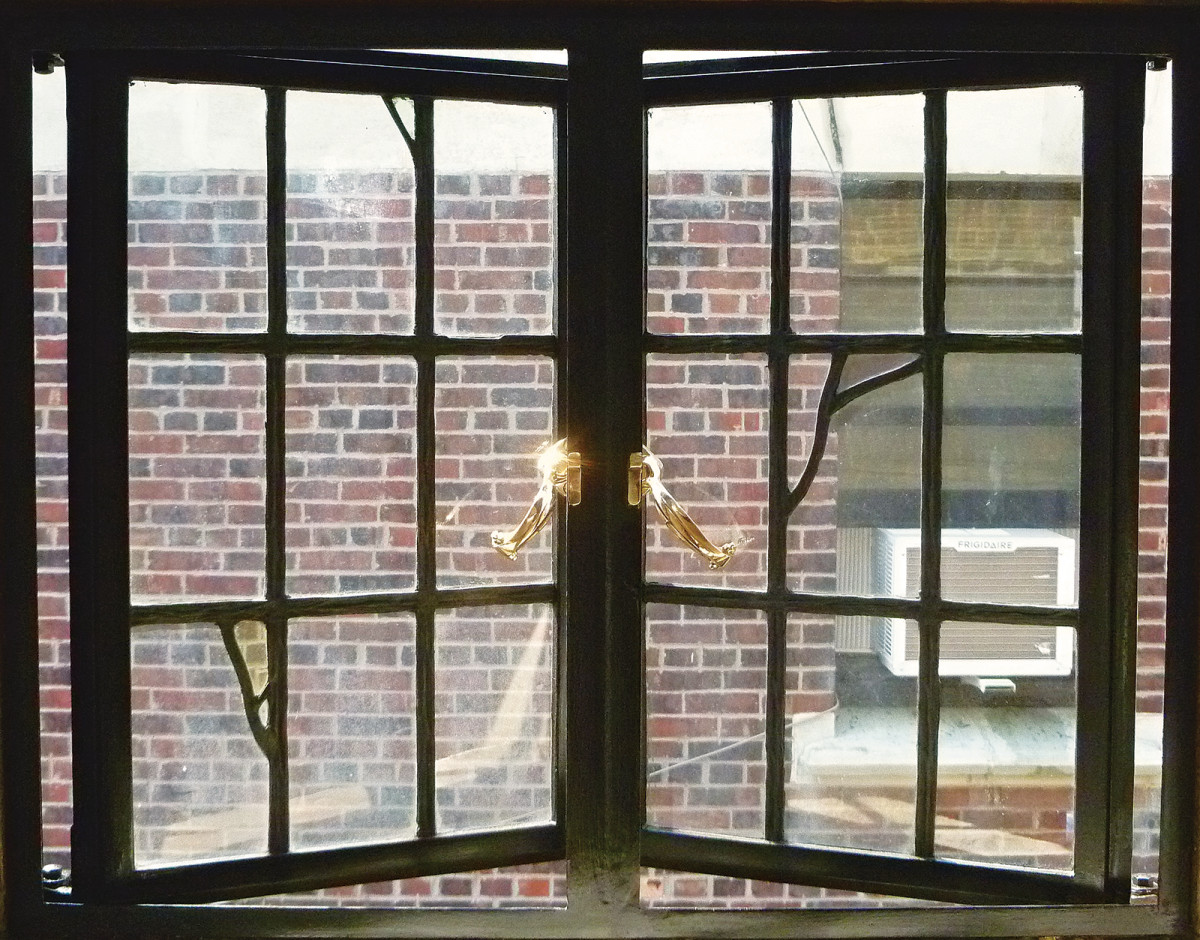
Steel windows have a long and high-rise chronicle, tracing their origins back to the industrial era when they were first utilised for their uncomparable effectiveness and lastingness. Initially, steel windows were blessed in factories and warehouses, environments where their robust nature could withstand the rigors of industrial action. Their ability to support big panes of glaze over also allowed for greater natural get down, an essential sport for improving workings conditions in such settings. These early applications cemented the reputation of nerve windows as a trustworthy and virtual selection for hard to please environments.
As fine arts styles evolved, so too did the practical application of nerve windows. Moving from purely functional heavy-duty settings, steel windows began to find a aim in more esthetic-driven applications. In the early on 20th century, the Art Deco and Modernist movements embraced the slick lines and moderate profiles that steel Windows offered. Architects like Le Corbusier and Walter Gropius championed the use of steel windows in their designs, highlight how these Windows could immingle form and work. The ability of nerve windows to create communicatory, unbroken views became a trademark of modern font architecture, symbolising a new era of plan that prioritized receptiveness and dismount.
In contemporary home design, nerve Windows have become a sought after feature for their distinctive immingle of style and public presentation. Homeowners and designers likewise appreciate the thin sightlines and vauntingly glaze expanses that nerve windows supply, which allow for level bes cancel get off and unobstructed views. The versatility of nerve substance that these Windows can be tailored to suit a variety of architectural styles, from sleek and Bodoni font to countryfied and traditional. Advances in manufacturing have also cleared the vim and lastingness of nerve windows, making them a virtual option for human activity use.
Moreover, the aesthetic appeal of nerve Windows lies in their ability to transmit a feel of effectiveness and elegance at the same time. The stuff 39;s implicit in sturdiness allows for the universe of slim profiles that other materials cannot match, giving buildings a characteristic, efficient look. This is particularly valued in urban settings, where maximizing both quad and unhorse is crucial. transom window often serve as a point point in such designs, adding a touch down of industrial chic to coeval homes and renovations.
Today, the revitalization in popularity of nerve Windows can be attributed to their unchanged invoke and adaptability. As sustainability becomes an progressively operative thoughtfulness in edifice design, nerve windows offer the vantage of being extremely reclaimable. Additionally, Bodoni font production techniques have enhanced their energy performance, ensuring that they meet stream vitality efficiency standards without compromising on their aesthetic qualities. This combination of stunner, effectiveness, and sustainability ensures that nerve Windows stay a relevant and eligible option for Bodoni font homes.
In ending, the evolution of nerve Windows from heavy-duty origins to modern home applications showcases their long-suffering versatility and invoke. Whether used in a important refurbishment or a thinning-edge new build, nerve windows uphold to volunteer a unique combination of lastingness, , and functionality that resonates with coeval subject area trends. Their travel from the factories of the past to the swagger homes of now reflects the ongoing innovation and adaptability of this timeless material.
